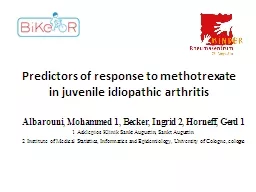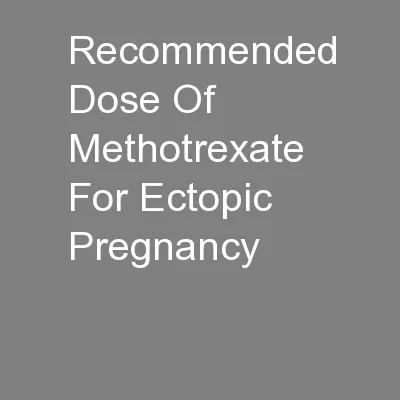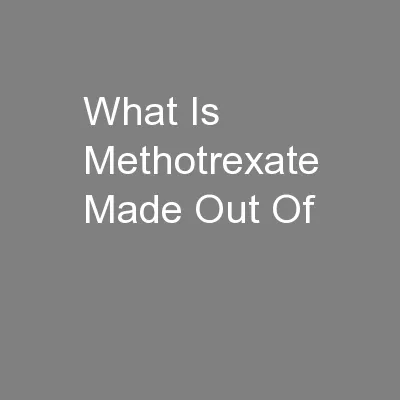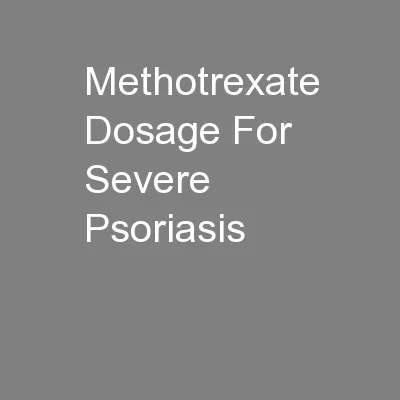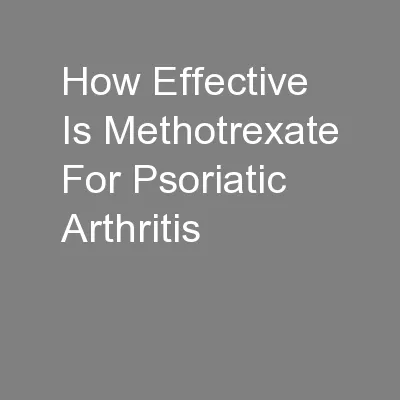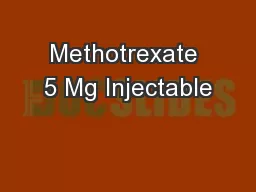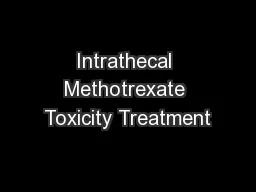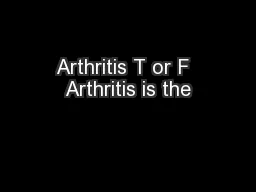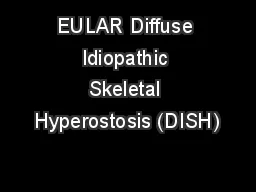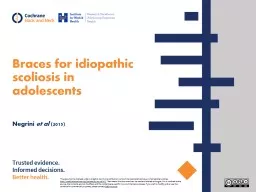PPT-Predictors of response to methotrexate in juvenile idiopathic arthritis
Author : calandra-battersby | Published Date : 2020-04-04
Albarouni Mohammed 1 Becker Ingrid 2 Horneff Gerd 1 1 Asklepios Klinik Sankt Augustin Sankt Augustin 2 Institute of Medical Statistics Informatics and Epidemiology
Presentation Embed Code
Download Presentation
Download Presentation The PPT/PDF document " Predictors of response to methotrexate..." is the property of its rightful owner. Permission is granted to download and print the materials on this website for personal, non-commercial use only, and to display it on your personal computer provided you do not modify the materials and that you retain all copyright notices contained in the materials. By downloading content from our website, you accept the terms of this agreement.
Predictors of response to methotrexate in juvenile idiopathic arthritis: Transcript
Download Rules Of Document
" Predictors of response to methotrexate in juvenile idiopathic arthritis"The content belongs to its owner. You may download and print it for personal use, without modification, and keep all copyright notices. By downloading, you agree to these terms.
Related Documents

